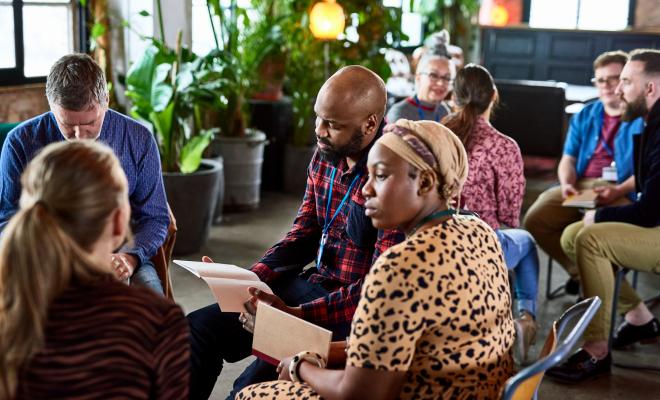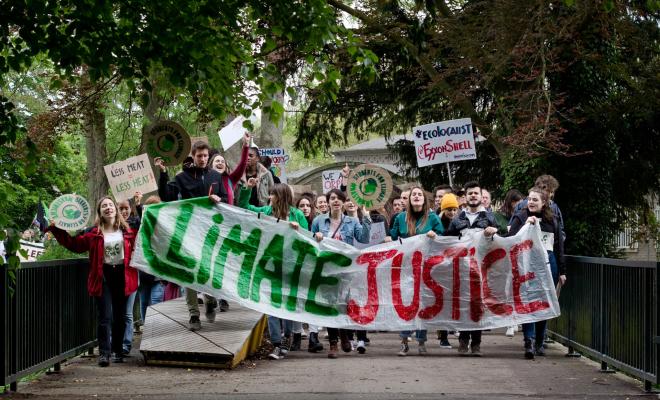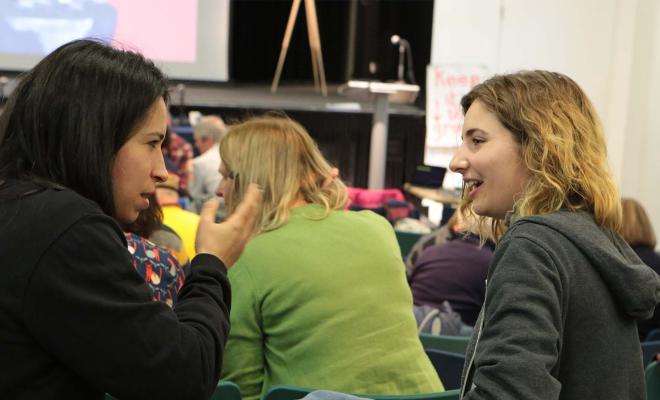03 Dec 2025
Stories are a great way to build support and backing for important campaigning causes. They can make issues personal, relatable and memorable – especially when led by, or centring those most impacted. Storytelling doesn’t just communicate what you’re fighting for, but who you’re fighting for and why it matters.
At Friends of the Earth, we’re committed to sharing stories safely, respectfully and responsibly through a set of clear story gathering principles.
- Collecting informed consent. Ensure individuals fully understand how their story will be used and shared, and how they can withdraw consent at any stage.
- Building trust. Making sure the relationship is mutually beneficial and not extractive, that is, treating a story like a means to an end, rather than an equal partnership.
- Doing no harm. Prioritise individuals’ health, wellbeing, and livelihoods before all else.
To help you follow these principles, this guide offers practical tips on how to collect stories in an ethical, respectful and inclusive way.
Applying Equality, Diversity and Inclusion (EDI) principles
Treat each storyteller as an individual with a valuable perspective, lending their voices and stories to advocate for change.
However, sharing personal stories can also carry some risks such as further trauma, stigma or abuse. That’s why, when we’re telling stories, we must:
- Respect boundaries. Approach sensitive subjects with care, empathy and a commitment to preserving the dignity and well-being of the individual.
- Interview with open questions. When collecting your story, ask open questions, being conscious not to lead the answers.
Safeguarding in storytelling
We all play a role in keeping people safe when sharing their stories. Safeguarding is everyone’s responsibility. If you have concerns about children or adults at risk safe, you should always report any concerns you have about their wellbeing.
To find out more about:
- understanding what safeguarding is and your responsibilities
- meeting any legal safeguarding requirements
- understanding what to do if you have a safeguarding concern
Read our online guide, safeguarding guidance for local action groups.
Confidentiality and anonymity
Individuals have the right to remain anonymous. Never include details (including photos) that could identify someone in their story without clear and informed consent.
Even if the storyteller wants to share their identity, there may be times when it’s safer to keep their identity private. In these cases, individuals should be kept anonymous. An example of this is Friends of the Earth’s networks recent work resisting the far-right. We decided not to use any photography that identifies individuals as it may put these individuals at risk.
Always prioritise safety.
Keeping storytellers informed
Keep storytellers informed about how their story has been used and how it has been received. You can share social media stats like “likes” or anecdotes about what it has achieved – for example, if it’s been picked up by local or national media.
Handling personal data
Names, personal information and photographs are all considered personal data and so are covered by GDPR. Here’s what to do:
- Collect what’s truly needed. Don’t ask for or record more information than is required for your purposes.
- Store data securely. Always save personal details, as well as consent forms, in a secure location. For example, store documents in password protect folders on your computer and lock away any physical copies. Please see our GDPR guidance for full details.
- Collect consent. Always collect consent.
Here are some forms you can download and use to collect consent:
- Story release form
- Story release form (under 18s)
- Adult photography content form
- Child photography consent form
- Verbal photo consent form
For young people under 18, consent will need to be obtained from a parent or carer.
If you have any questions or concerns, remember you can always email us for advice.







